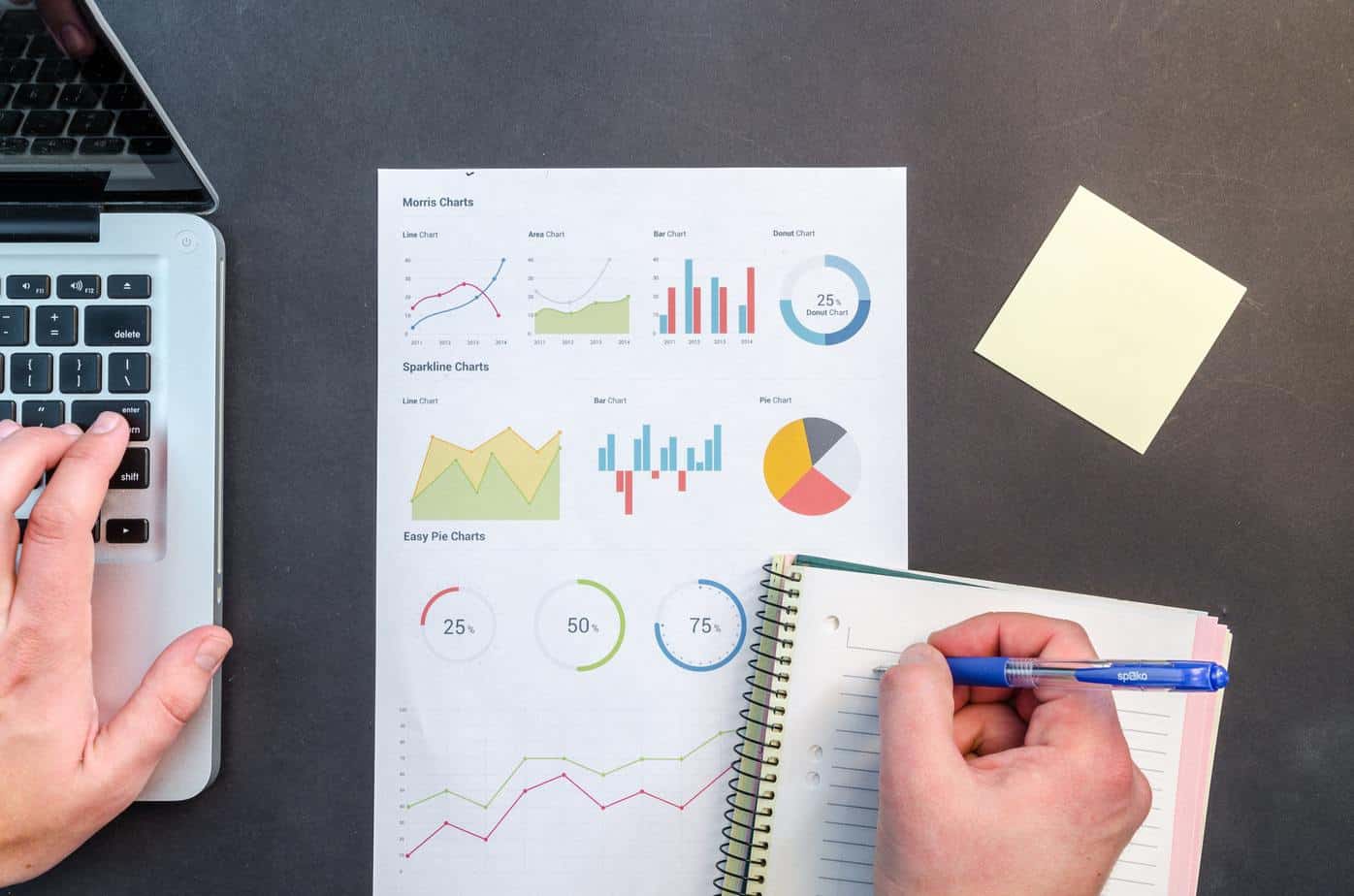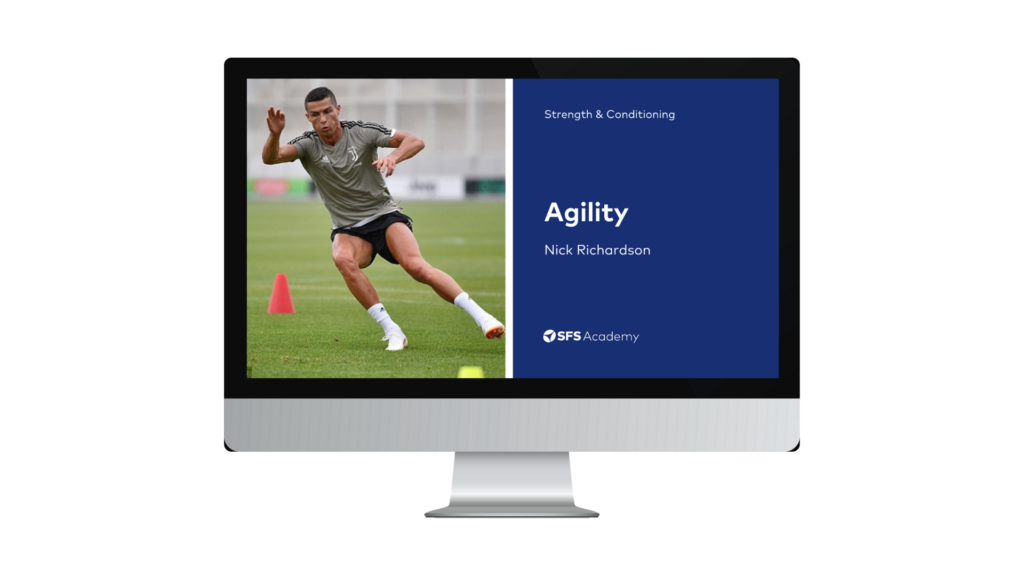4 Ways to Monitor an Athlete’s Load on a Budget
Cost-effective ways to monitor internal and external workload
- Introduction
- Rating of Perceived Exertion
- Wellness Questionnaires
- Countermovement Jump
- Volume-load
- About the Author
- References
- Comments

Introduction
Load monitoring is crucial for uncovering individual responses to training and competition, predicting levels of fatigue, and lowering the risk of non-functional overreaching or injury (1). In recent years there has been a spike in research on load monitoring strategies and technology (1). However, most coaches are not privy to ‘gold-standard’ load monitoring strategies or equipment which has quickly become the norm in elite sport such as GPS and Heart Rate Variability. Therefore, this blog proposes cost-effective ways to monitor load for the coaches and supporting personnel working in amateur sport and/or with restrictive finances.
Load can be defined as either internal or external load (1). External load is the amount of overall “work” performed by the athlete including competition, technical/tactical training, and physical training (12). For example, a tennis player, during a typical week may have 4 court training sessions, 3 gym sessions, and a competitive match. This would all contribute to an athlete’s external load. Internal load is the athlete’s physiological stress caused by the external load. This metric is important as two athletes could be exposed to the above external load but respond in different ways. The internal load can be measured in various ways (16).
A holistic load monitoring model which collects both internal and external measurements will provide better insight into the physiological stress experienced by an athlete (1). This blog will outline four (2 internal and 2 external) cost-effective ways to monitor load.
Rating of Perceived Exertion
Rating of Perceived Exertion (RPE) is an extremely well-known and popular way to monitor an athlete’s exertion after performing work (4). Traditionally, a 10-point scoring scale is used where athletes give their exertion a numerical value, with 10 being the highest exertion for a given session (16). This approach can be taken one step further by multiplying the Session RPE (sRPE) score by the session time, to produce a Training Load score measured in arbitrary units (AU) (4). For example, if an athlete rates a session as an 8 and the length of the session was 60 minutes, Training Load would be 480 AU (8 x 60 = 480).
Although sRPE is easily obtained, there are several considerations we should keep in mind; Collecting sRPE directly after the session can produce inaccurate scoring, ultimately, this is a subjective form of monitoring internal load. Research suggests that collecting sRPE approximately 30 minutes after a session allows athletes time to reflect more accurately on the session and provide a more reliable score (4). It is recommended that athletes are given a trial period to become more experienced at judging RPE and their own exertion levels to ensure data collected is reliable (4).
Another consideration is that sRPE fails to differentiate between where athletes felt this exertion occurred. For example, the exertion in a technically difficult speed session with high neuromuscular demand will have a vast exertion to an extensive and fatiguing endurance session, even if both were scored as an 8 sRPE. A potential solution to this problem is taking RPE scores for different parameters, known as differential RPE (dRPE) (9). For example, in addition to sRPE, ratings for lower body exertion and upper body exertion, breathlessness and the cognitive difficulty could help provide a more specific and accurate evaluation of intensity, aiding sport team personnel to make better and more informed programming decisions (9).
Wellness Questionnaires
Wellness Questionnaires are self-reporting questionnaires where an athlete scores their perceived level of well-being across several different levels of parameters such as sleep quality, muscle soreness and mood (11).
Research by Saw et al. (2015) (11) outlined that wellness questionnaires are effective in obtaining quality data but need to be well designed, quick to complete, and easy to analyse by coaches to create long-term adherence. Designing a questionnaire that limits answers to scoring in a number format could aid in the efficiency of the completion and interpretation of the questionnaire (11). For example, “How would you rate your sleep from the night before? 1. Very poor 2. Poor, 3. Average. 4. Good. 5. Excellent”.
Similarly, to RPE there is an onus on the athlete to answer truthfully and accurately for wellness questionnaires to be effective. These can be built for free on laptops, tablets and smartphones using apps such as Google Drive and its Google Questionnaires feature. If you find the concept of designing a questionnaire daunting, there are standardized ones widely available. The Profile of Mood State (POMS) is a wellness questionnaire shown to be promising in predicting overtraining syndrome in endurance athletes (7). Software packages have also been used in scientific studies investigating load management and analysing factors including mood, sleep, energy levels, muscle readiness, diet, and stress to highlight if the athlete is ready to train (8).
Countermovement Jump
The countermovement jump (CMJ) is not only used to measure performance across a range of metrics but also as a neuromuscular fatigue indicator (15), especially in applied training environments (8). Paying attention to metrics such as contraction time may be better indicators of fatigue versus jump height when monitoring neuromuscular fatigue (3). However, gaining such metrics requires the use of ‘gold standard’ force plates, which is an expensive mode of measurement (6).
MyJump2 for IOS and Android is a popular and often a ‘go-to’ alternative for many practitioners who do not have access to force plates. Downloadable on a smartphone for £9.99, one would assume a relatively cheap smartphone app may not be the most reliable and valid measurement. However, it has been shown to provide reliable and valid measurements of CMJ height (6, 13). If a coach is going to use this budget-friendly way, it could be implemented at the start of every training session by taking CMJ scores and comparing them against previous scores to highlight potential fatigue.
If choosing to monitor CMJ performance as part of your monitoring model, it is best to take an average score of trial attempts rather than the highest score (2). A meta-analysis conducted by Claudino et al. (2017) (2) found average CMJ height was more sensitive than the highest-scored attempt when monitoring neuromuscular status. Applying the test with no arm swing seems to provide more reliable results especially when neuromuscular fatigue is being assessed (Claudino et al. 2017).
Volume-load
Common external load output measurements during training or competitive events often include some form of power, speed, or strength measures (1). Even in amateur sports, athletes complete gym-based sessions to develop strength and power qualities. As discussed within the introduction, gym-based sessions should be considered part of the athlete’s overall load. Typically, methods such as velocity-based training are going to be outside most coaches’ budgets.
A cost-effective solution to record the total volume load of the session is monitoring volume-load (VL). Different to volume (sets multiplied by repetitions performed for an exercise or whole session), VL is the number of repetitions multiplied by the load used for a given set, exercise, or overall session to provide an insight into how much work an athlete has done within a session (14). In other words, it is as it sounds, the volume multiplied by the load used. For example, an athlete squats 100kg for 5 repetitions; therefore, the external load for that lift set would be 500 kg. If an athlete completed 3 sets, this would mean that the athlete’s VL on this exercise is 1500 kg. This can be applied to every exercise within the session to provide a total VL (14), enabling coaches to monitor how much work a given athlete is completing within the gym, so adjustments can be made accordingly based on other monitoring scores (e.g. a high lower-body soreness), or a congested timetable of training and competition.
Summary
It is evident from the vast amount of research in recent years, there is high importance and responsibility for S&C Coaches to monitor athlete’s load (1). As a result, high-level sporting teams and organisations have invested a lot of finance in the latest load monitoring technologies and software. However, this is not disposal to all S&C Coaches, therefore, the aim of this blog was to provide cost-effective load monitoring strategies. Using RPE-based metrics and well questionnaires can provide insight into an athlete’s internal load, whereas CMJ performance and Volume-load can provide insight into an athlete’s external load. When coupled together, they provide a well-rounded, cost-effective, and easy-to-implement monitoring model.
References
- Bourdon, P.C., Cardinale, M., Murray, A., Gastin, P., Kellmann, M., Varley, M.C., Gabbett, T.J., Coutts, A.J., Burgess, D.J., Gregson, W. and Cable, N.T., 2017. Monitoring athlete training loads: consensus statement. International journal of sports physiology and performance, 12(s2), pp.S2-161.
- Claudino, J.G., Cronin, J., Mezêncio, B., McMaster, D.T., McGuigan, M., Tricoli, V., Amadio, A.C. and Serrão, J.C., 2017. The countermovement jump to monitor neuromuscular status: A meta-analysis. Journal of science and medicine in sport, 20(4), pp.397-402.
- Cormack, S.J., Newton, R.U., McGuigan, M.R. and Cormie, P., 2008. Neuromuscular and endocrine responses of elite players during an Australian rules football season. International Journal of Sports Physiology and Performance, 3(4), pp.439-453.
- Foster C. 1998 Monitoring training in athletes with reference to overtraining syndrome. Med Sci Sport Exerc 30: 1164–1168.
- Gabbett, T.J., Hulin, B.T., Blanch, P. and Whiteley, R., 2016. High training workloads alone do not cause sports injuries: how you get there is the real issue.
- Gallardo-Fuentes, F., Gallardo-Fuentes, J., Ramírez-Campillo, R., Balsalobre-Fernández, C., Martínez, C., Caniuqueo, A., Cañas, R., Banzer, W., Loturco, I., Nakamura, F.Y. and Izquierdo, M., 2016. Intersession and intrasession reliability and validity of the My Jump app for measuring different jump actions in trained male and female athletes. Journal of strength and conditioning research, 30(7), pp.2049-2056.
- Grant, C.C., Van Rensburg, D.J., Collins, R., Wood, P.S. and Du Toit, P.J., 2012. The Profile of Mood State (POMS) questionnaire as an indicator of Overtraining Syndrome (OTS) in endurance athletes. African Journal for Physical Health Education, Recreation and Dance, 18(Supplement 1), pp.23-32.
- McGahan, J., Burns, C., Lacey, S., Gabbett, T. and O’Neill, C., 2019. Relationship between load and readiness to train in a Gaelic football pre-competition training camp. Journal of Australian Strength and Conditioning, 27(1), pp.28-35.
- McLaren SJ, Smith A, Spears IR, Weston M., 2016. A detailed quantification of differential ratings of perceived exertion during team-sport training, Journal of Science and Medicine in Sport.
- Saw AE, Main LC, Gastin PB. 2015 Monitoring athletes through self-report: Factors influencing implementation. J Sport Sci Med 14: 137–146.
- Saw AE, Main LC, Gastin PB. 2016. Monitoring the athlete training response: Subjective self-reported measures trump commonly used objective measures: A systematic review. Br J Sports Med 50, 281–291.
- Soligard T, Schwellnus M, Alonso JM, Bahr R, Clarsen B, Dijkstra HP, Gabbett TJ, Gleeson M, Hägglund M, Hutchinson MR, Van Rensburg CJ, Khan KM, Meeusen R, Orchard JW, Pluim BM, Raftery M, Budgett R, Engebretsen L. 2016. How much is too much? (Part 1) International Olympic Committee consensus statement on load in sport and risk of injury. Br J Sports Med 50: 1030–1041.
- Stanton, R., Kean, C.O. and Scanlan, A.T., 2015. My Jump for vertical jump assessment. British journal of sports medicine, 49(17), pp.1157-1158.
- Stone, M.H., Sands, W.A. and Stone, M.E., 2006. Weightlifting: program design. Strength and Conditioning Journal, 28(2), p.10.
- Taylor, K., Chapman, D., Cronin, J., Newton, M.J. and Gill, N., 2012. Fatigue monitoring in high performance sport: a survey of current trends. J Aust Strength Cond, 20(1), pp.12-23.
- Wing, C., 2018. Monitoring athlete load: Data collection methods and practical recommendations. Strength & Conditioning Journal, 40(4), pp.26-39.



